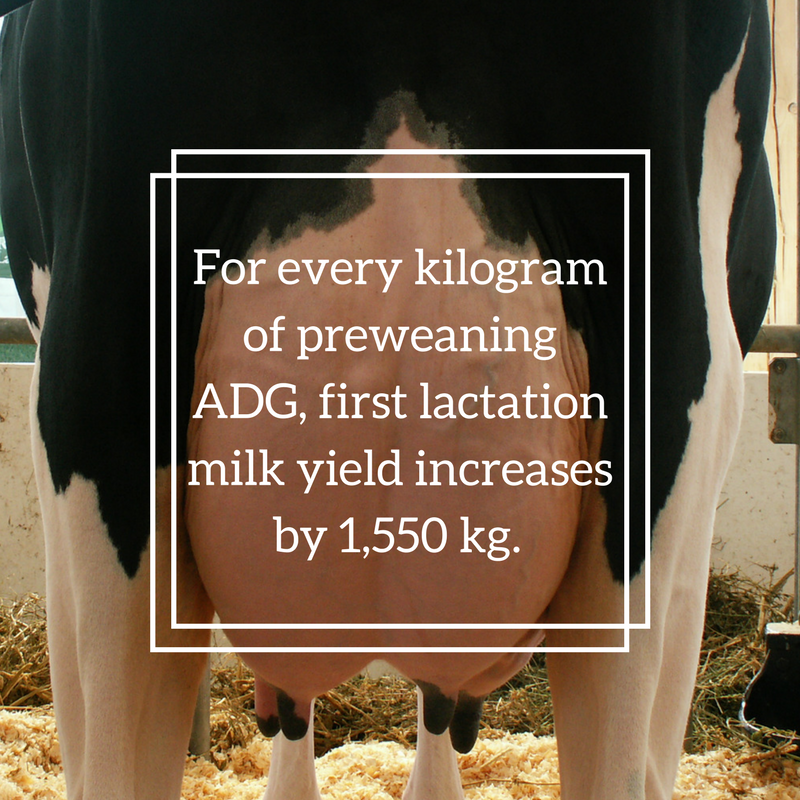
One of the most important ways to protect calf health and encourage growth is to feed calves well. The calf’s first meal of colostrum, milk or milk replacer feeding, provision of solid feed, weaning all have major impacts on the calf. Investing in good feeding practices for young calves will pay off when the calf grows into a milking cow, veal, or dairy-beef.
Producers often postpone providing water to newborn calves. This is especially true in the winter, when freezing temperatures mean providing fresh water to calves can sometimes become a challenging chore. It is typically assumed that calves get enough hydration from their milk/milk replacer, so don’t need water during the first days of life. According to research, milk replacer is not a sufficient water source for young calves.
Colostrum is the “first milk” from the milking immediately after a cow has calved. It is rich in nutrients and provides antibodies which help the calf’s immune system develop. It should be collected as soon as possible after calving and fed within 30 minutes of birth, or by six hours at the latest. Approximately eight to 37 per cent of neonatal calves in Ontario do not receive sufficient immunity because of FPT, which may be because of poor colostrum management (Trotz-Williams et al., 2008, Windeyer et al., 2014).
There is no “one size fits all” solution for milk feeding calves. Due to the huge variation in milk and milk replacer quality and different management systems, no one type is always better for every situation. Regardless of which choice you make for your calves, aim to ensure they grow well, are healthy and are not hungry. Remember, feeding calves is an investment, not just an expense.
Water is an important part of caring for calves. Water improves average daily gain and feed conversion, is very beneficial in the development of the rumen, encourages starter intake, and helps in digestion and the metabolic function of the calf.
Weaning, or transitioning a calf from a milk-based to a solid feed diet, is one of the most stressful times in a calf’s life. Weaning stress can lead to reduced growth (or even weight loss), impaired immunity, and calves displaying signs of hunger and stress. As such, weaning stress decreases productivity, health, and welfare. Being free from fear and distress are important aspects of good animal welfare. Therefore, it’s important for producers to take steps to reduce weaning stress as much as possible.
The purpose of calf starter is to transition the calf from the milk–feeding period to the dry feeding period. Calf starter is very important to healthy rumen development, good body growth and successful weaning of the calf.
Don’t feed your calves bacteria. Bottles, nipples, buckets, and automatic feeders must be cleaned daily.
Calf feeding programs must be designed with the calf’s biology in mind. Feeding calves to develop their rumen sets them up for success.
When temperatures fall below 15°C, calves less than three weeks will start to use energy to keep warm. Calves older than three weeks start to use energy to keep warm when the temperature is below 5°C. This means if producers do not offer calves more milk (energy), the milk calves are given will be used to keep warm instead of for growing or protecting against disease. Calves not given enough feed in cold weather will not grow and may even go backward and lose weight.
Heat – just like cold – is stressful for calves. Hot weather causes calves to reduce their feed intake, while also increasing their maintenance requirements, due to the energy required to keep cool. This results in a lowered average daily gain.

